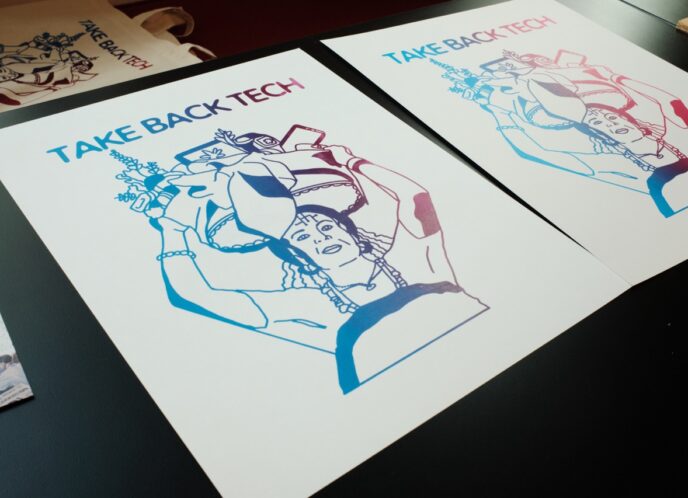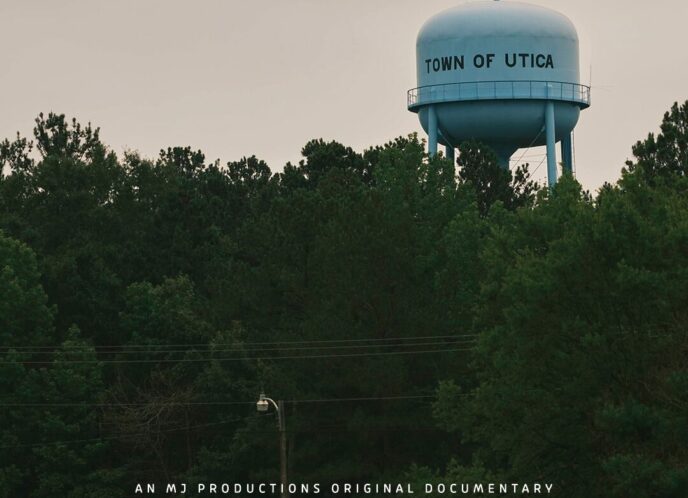One of the first things I learned as a young writer was “show, don’t tell.” Images, actions, and dialogue—core components of a narrative—are some of the most powerful ways to ignite a reader’s response. Recent studies have been uncovering some of the mysteries of how the brain processes words. See last month’s New York Times article on the topic here. These studies have found that narratives can activate the other parts of our brains that process smell, texture, and motion. This “theory of mind” suggests that fiction or other narrative storytelling can and do inform the way the readers interact with the world around them. As one cognitive psychologist said, “[N]ovels, stories and dramas can help us understand the complexities of social life.”
My parents often used stories to teach us some of the values my siblings and I hold to this day. When my father was a boy in rural Korea, he would disobey my grandfather to go to school by throwing his books over the fence and climbing over a tree while his brothers and he were supposed to be working the crops. Hence I learned that education can be invaluable, and that value informs my core belief that education is a human right. I remember the story of my mother’s mother who, after her husband was abducted and her home invaded by soldiers in the middle of the night at the start of the Korean War, took her six children—my mother was just a year old, tied in a cloth to my grandmother’s back—to the safety of the countryside all by herself. This taught me early on of the terrors of war, the terrible cost of war paid for by the lives and wellbeing of women and children, and the deep strength and resilience of the women I come from.
Over the past few years, social movements have been using stories through creative and innovative strategies that touch the hearts and minds of those not in the choir. Some have used popular mainstream culture as a catalyst to tell their stories, such as the Palestinian activists who dressed up as the Na’vi people from the movie “Avatar” to protest Israel’s illegal occupation of Palestine.
Most recently, the National Domestic Workers Alliance crafted one of the most powerful messages of the decade by using the popular—albeit problematic—film “The Help.” Strong Families videos (see the Center for Media Justice case study here) elevated the voices and stories of Oakland’s black community to combat the racist anti-choice billboard messages targeting black women.
Stories are powerful. In the struggle for social transformation, we know who the players are, what the conflict is, the human cost, who suffers collateral and direct devastation, and why it matters. We also have the solutions. In the world we live in, it is critical for communities and community organizers to tell both the story in real and moving terms and to allow pieces of the blueprint for the world we want to live in to emerge in the stories we tell. Check out this Center for Media Justice storytelling tool to help craft your own story. And remember, it can’t hurt to incorporate some descriptive adjectives to activate the sensory cortexes of your target audiences!



